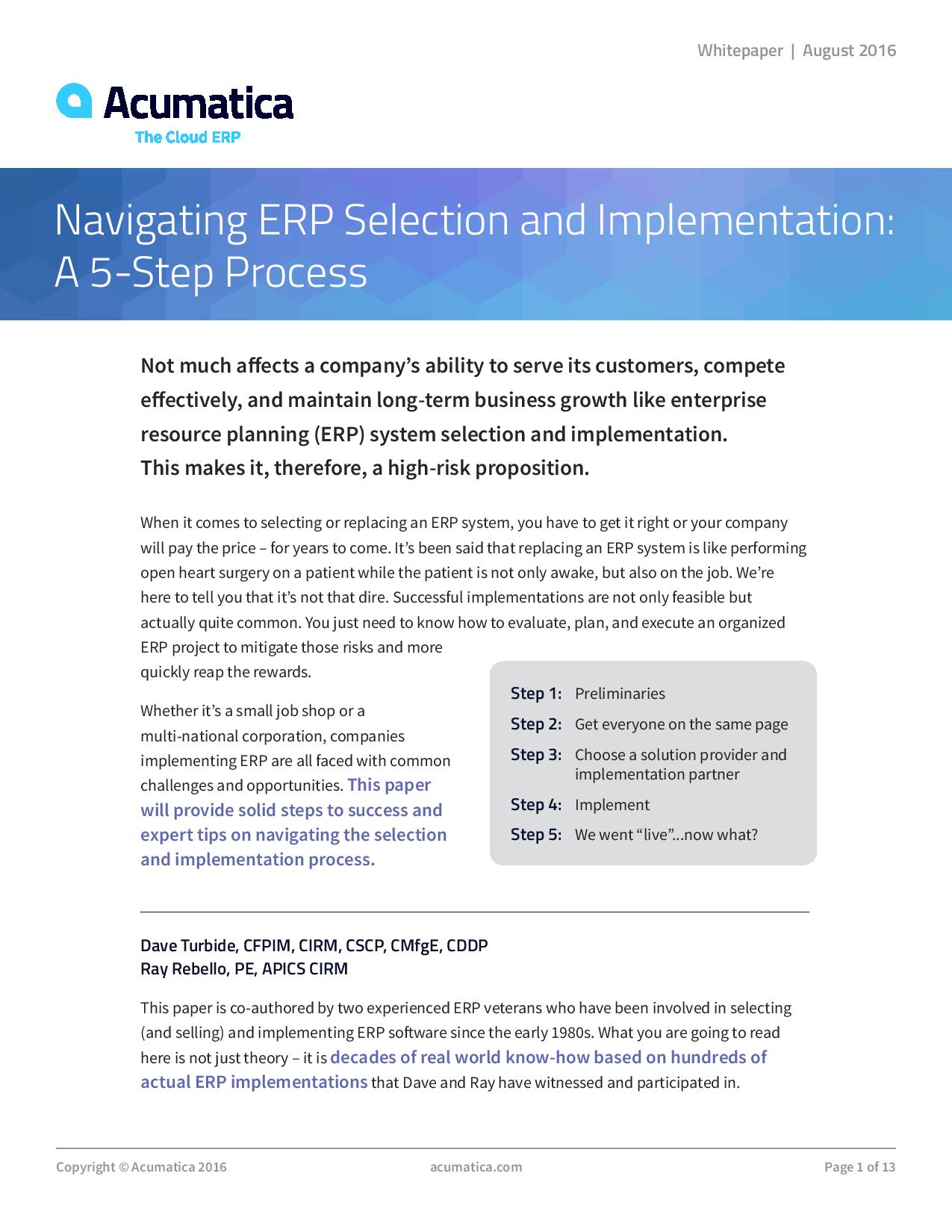

When this happens, you are asking for more features than the market can supply. However, on some evaluations no product will score more than around 75%. When selecting software, we like to see one or more products with a fit score of at least 90%. Fit scores are usually normalized so that, for example, 100% means that all requirements are fully met. The result of the gap analysis is expressed as a number called the fit score which is used to rank products. The gap analysis uses requirement weights and product appraisal scores to measure how well potential software products meet your requirements. Inaccurate RFI or RFP responses caused by poor or incomplete requirements can also result in the wrong software being selected and consequent failure of that software to meet expectations. Also, no vendor can be held accountable for not meeting unstated requirements. When requirements are incomplete, ambiguous, or badly worded, vendors will interpret them in a way that is favorable to them rather than you. When a vendor returns an RFI or RFP, they are responding to your requirements.

You avoid the distraction of dealing with questions like “Wouldn’t it be nice if the new software did…” 4. Controlling scope creepĪssuming you have developed a comprehensive list of requirements using techniques like reverse engineering, keeping users focused on that list rather than asking them to think up new requirements keeps the requirements scope under control.

From that meeting forward Buddy was a strong advocate for the new ERP system. When Buddy saw his name written on the requirements and why he wanted them, his eyes lit up because he realized the company was taking his needs into account. Buddy was a blue collar worker whose “office” was the production store. One group of users reviewing requirements included Buddy, the person who managed the production inventory team. We were helping a client to select ERP software.


 0 kommentar(er)
0 kommentar(er)
